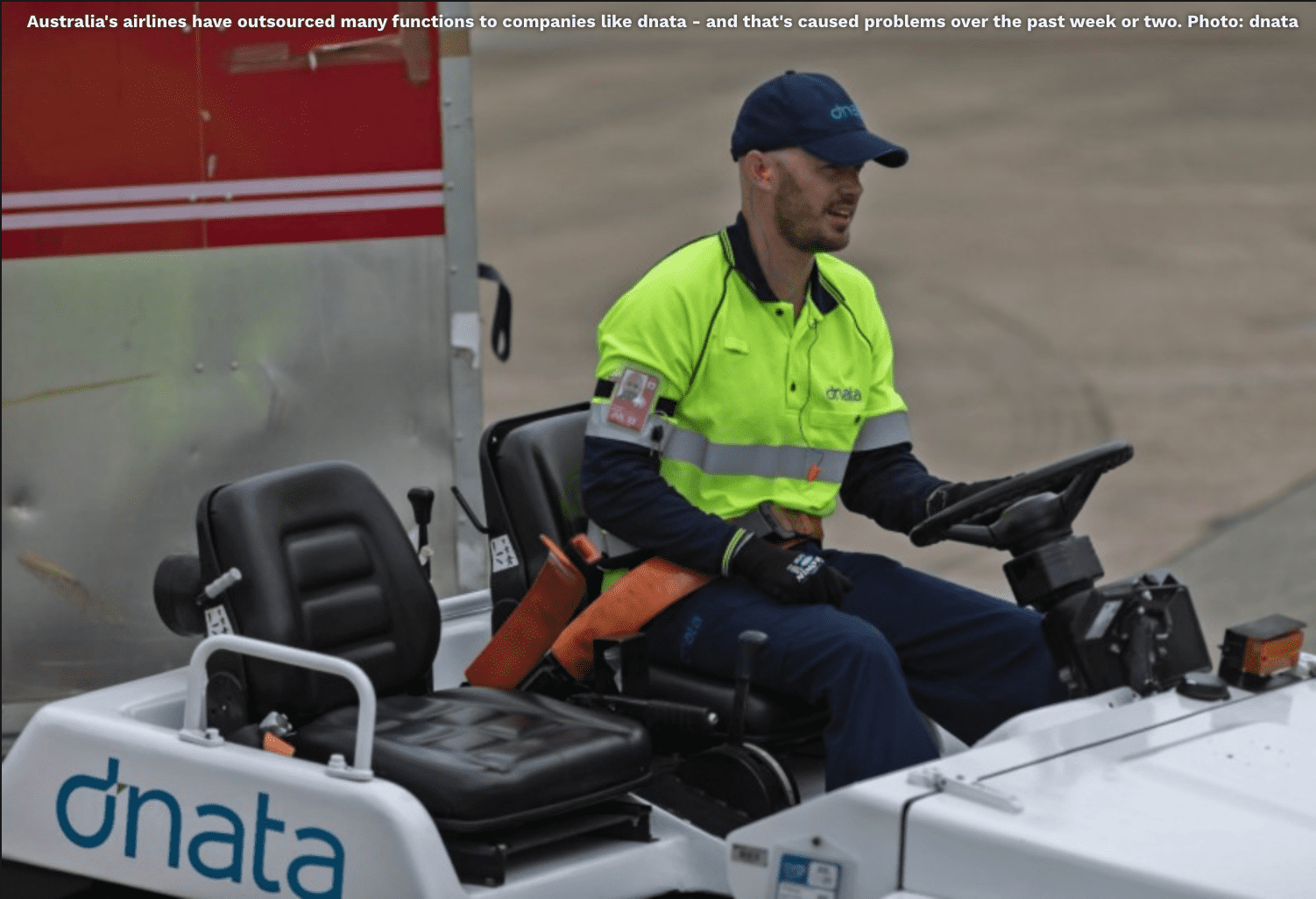After a disastrous lead up, it was relatively smooth sailing for Australia’s airports and airlines on Monday, despite sky high passenger numbers.

Australia’s airports and airlines have just reported a bumper Easter weekend following a very rocky lead-up. Across the domestic terminals over the Easter holiday weekend at Australia’s two busiest airports, Sydney and Melbourne, more than 750,000 passengers passed through. Numbers are expected to settle a little for a few days before picking up again next weekend – another long weekend in Australia.
Huge passenger numbers through Sydney and Melbourne
According to The Australian newspaper, 90,000 passengers moved through Melbourne’s domestic terminals on Easter Monday alone, while Sydney’s two domestic terminals recorded 72,000 passengers. Australia’s third-busiest airport, Brisbane, was eyeing 55,000 domestic passengers on Easter Monday, while airports in smaller capital cities also recorded record or near-record numbers.
As state governments relax their COVID close contact rules and airlines and airports respond to staffing issues, last week’s dawn queues that stretched outside terminals have largely disappeared. On Monday, Sydney Airport reported all of its security lanes were manned and operating, cutting last week’s queuing times by a third.
Qantas Group airlines (Qantas, Jetstar, and QantasLink) were operating at 110% of their pre-COVID capacity over the weekend, and Virgin Australia said Monday was its busiest day since March 2020. The Australian reports that on Monday, Virgin Australia flew 30% more passengers than on any day over the last two years.

Airlines & airports prove they can handle the numbers
A very busy Monday without any major operational meltdowns proves Australia’s airlines and airports can still handle big passenger numbers. But there have been considerable trials and tribulations over the last week or two to get there and whether the airlines and airports can handle these kinds of pre-pandemic passenger numbers on a sustained basis remains to be seen.
Australia’s biggest and highest-profile airline, http://simpleflying.com/tag/qantas, seemed to have the greatest challenges in the lead-up to the Easter weekend. Qantas certainly received the most media attention and criticism – some deserved and some unwarranted. Qantas can’t control the level of COVID among its employees or the various self-isolation rules in place, but the mass redundancies at Qantas during the pandemic and the outsourcing of functions like catering, ground handling, and baggage services have come back to bite it.

Outsourcing habit comes back to bite the airlines
In years gone by, Qantas used to have its own catering unit, but that’s now outsourced. In Sydney, Melbourne, Brisbane, and Adelaide, dnata handles the catering, and a lot of dnata workers were off work over the weekend, meaning a lot of domestic flights (particularly out of Sydney and Melbourne) left with no catering onboard. Sad tales circulated of business class passengers having to eat packs of dry economy class biscuits instead of playing around with some Neil Perry blessed tucker.
Then, when passengers were on the ground, assuming their bags got loaded and flew with them, waits of up to 90 minutes at baggage carousels followed. Of course, if Qantas has maintained these services in-house, they’d also have problems with absenteeism, but at least they would have more control over the process.
Qantas wasn’t the only airline with these issues that was making aviation news last week. Virgin Australia enjoys a bit of outsourcing too. But Qantas sells itself as Australia’s premium airline and has charged some stiff fares over the Easter weekend. With that comes some premium expectations.
But Qantas and the other airlines say they are getting on top of their staffing and service challenges. They’d want to hope they are. More record or near-record passenger numbers through Australia’s airports are expected this upcoming weekend and travelers are unlikely to be forgiving of another round of airline dysfunction and airport meltdowns.
Source: Simple Flying
Warning: Illegal string offset 'cookies' in /home/u623323914/domains/eng.bayviet.com.vn/public_html/wp-includes/comment-template.php on line 2564